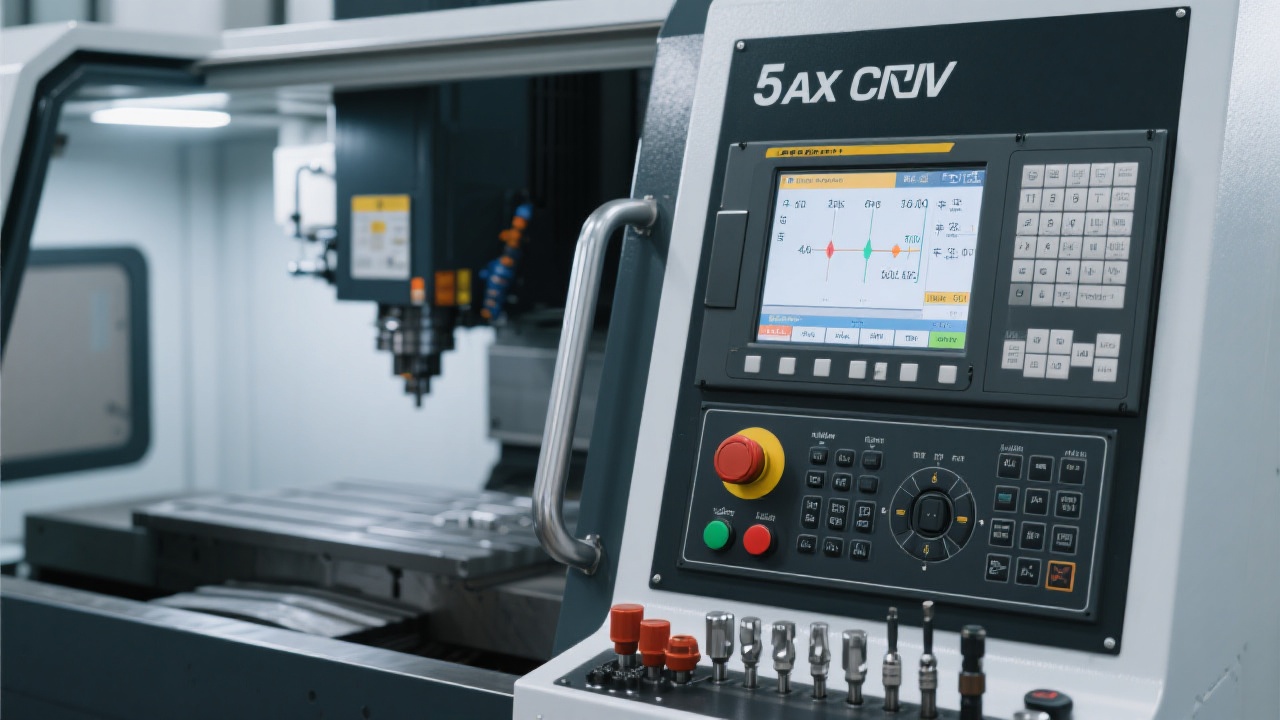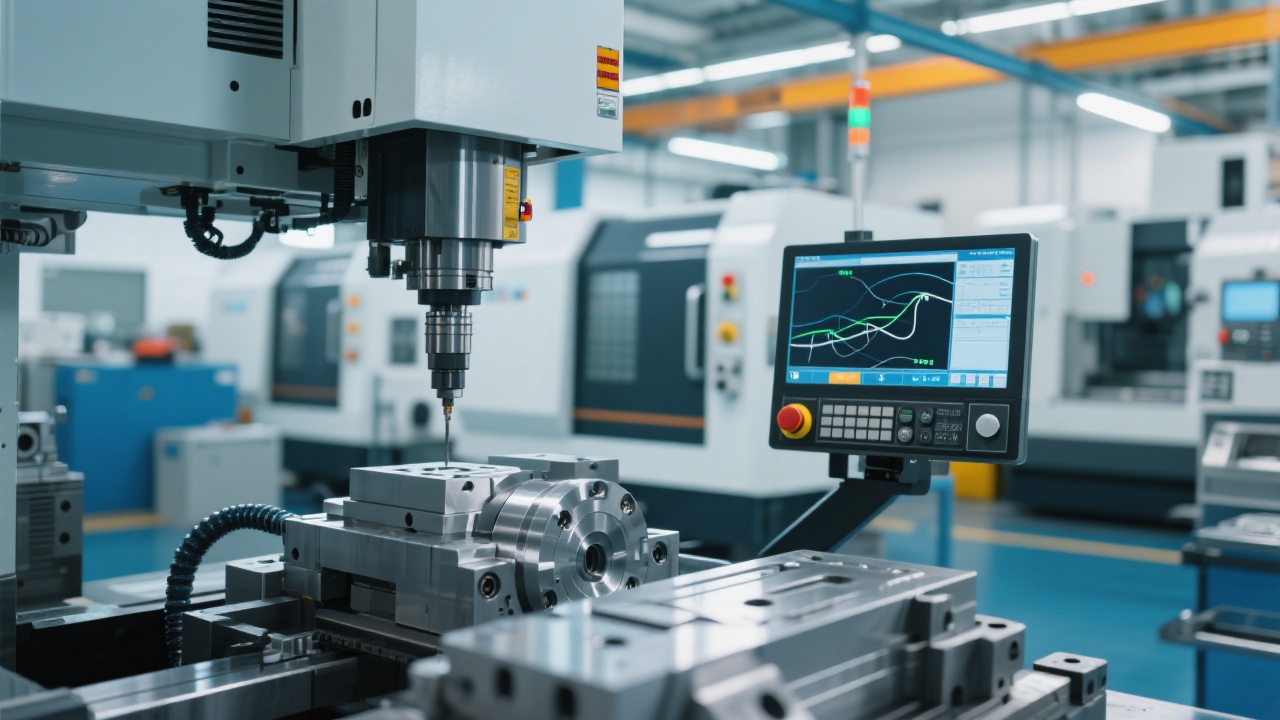
Are you a manufacturing engineer or programming professional looking to master the art of five-axis simultaneous programming? This comprehensive guide is tailored just for you, offering in-depth knowledge and practical skills to elevate your programming proficiency in complex surface machining.
Let's start by delving into the fundamental logic of five-axis simultaneous programming. The transformation of coordinate systems is the cornerstone of this programming method. Understanding how to convert between different coordinate systems, such as the machine coordinate system, workpiece coordinate system, and tool coordinate system, is crucial. For example, in a real - world scenario, when machining a complex part, the correct coordinate system transformation ensures that the tool moves precisely along the intended path.  As shown in the figure, it clearly demonstrates the principle and application of coordinate system transformation.
As shown in the figure, it clearly demonstrates the principle and application of coordinate system transformation.
Complex part machining often comes with challenges like interference and precision fluctuations. Interference can occur when the tool collides with the workpiece or other components during the machining process. To avoid this, we need to carefully plan the tool path. Precision fluctuations, on the other hand, can be caused by various factors such as machine tool vibration, tool wear, and thermal deformation. Industry experts suggest that implementing real - time monitoring and compensation systems can effectively address these issues.
"Proper planning and monitoring are essential for ensuring the precision of complex part machining," says a well - known manufacturing expert.
Graphite and other non - metallic materials have unique characteristics that significantly impact programming strategies. These materials are prone to heat deformation during machining due to their low thermal conductivity. To prevent heat deformation and maintain stable cutting, we need to adjust the cutting parameters such as cutting speed, feed rate, and depth of cut. For instance, reducing the cutting speed and increasing the feed rate can help dissipate heat more effectively. 
Let's take a look at some high - difficulty workpieces like impellers and mold cavities. When programming for an impeller, we need to consider the complex blade shape and the high - precision requirements. The programming process involves generating a smooth tool path to ensure the accuracy of the blade profile. Similarly, for mold cavities, we need to optimize the tool path to avoid over - cutting and ensure uniform surface finish. By analyzing these case studies, we can learn a complete programming idea and process optimization methods.
There are several mainstream CAM software in the market, such as Mastercam, Siemens NX, and HyperMill. Each software has its own settings and features. For example, some software may have more user - friendly interfaces, while others may offer more advanced algorithms for tool path generation. However, there are also some common mistakes when using these software, such as incorrect parameter settings and improper tool selection. We will point out these high - frequency errors and provide suggestions on how to avoid them.
Building a standardized programming process is crucial for improving production efficiency and the first - pass success rate. A standardized process ensures that every step of the programming and machining process is well - defined and repeatable. This reduces the trial - production cycle and increases the probability of first - time success. According to industry statistics, companies that implement standardized programming processes can reduce their trial - production time by up to 30% and increase their first - pass success rate by 20%.
To further enhance your learning experience, we recommend using the Kaibo CNC FH855L RTCP five - axis machining center, which supports efficient programming verification. With its advanced features, it can help you better understand and apply the knowledge you've learned from this guide. If you're eager to take your five - axis programming skills to the next level, click here to explore more resources and start your journey to mastery!

